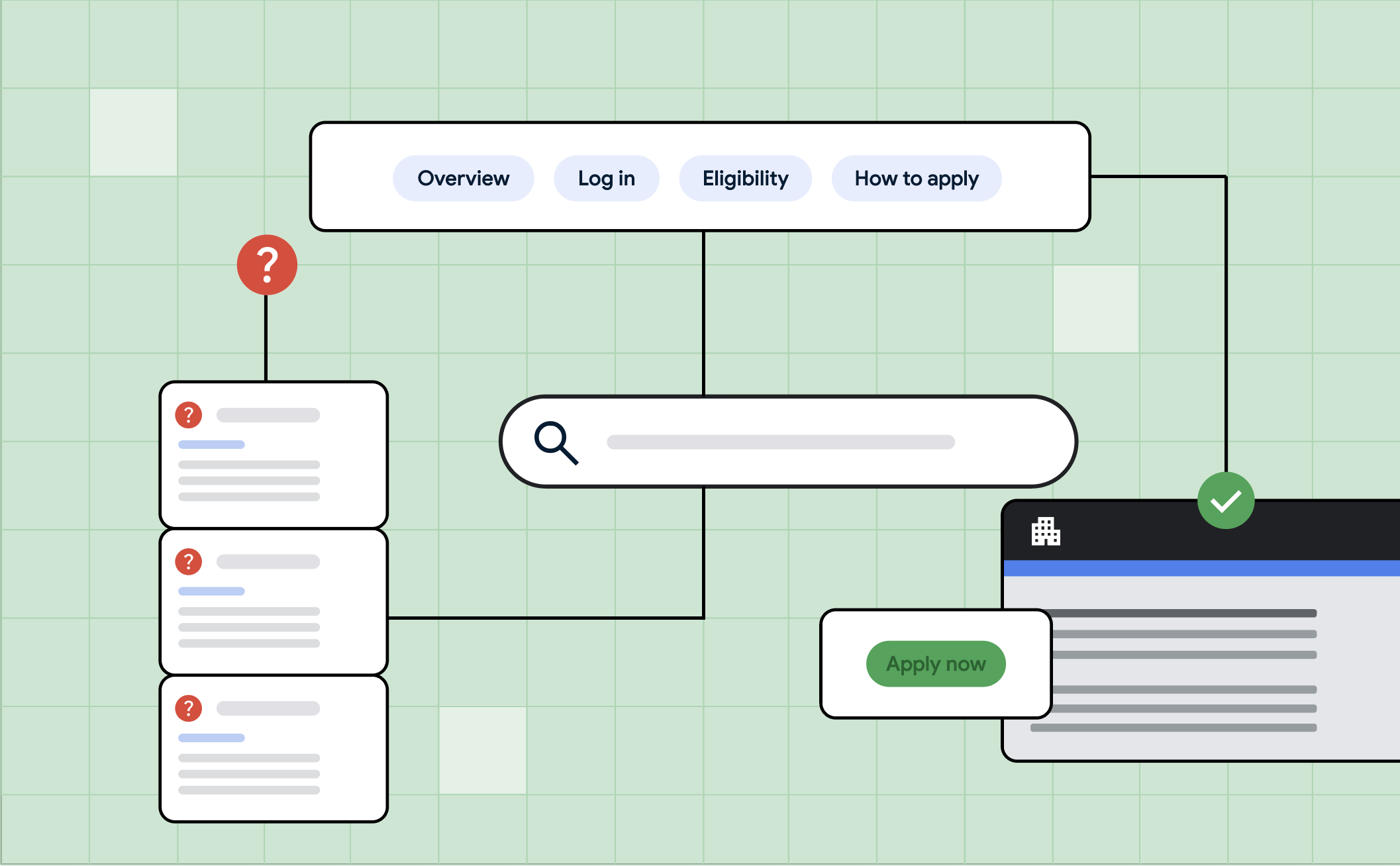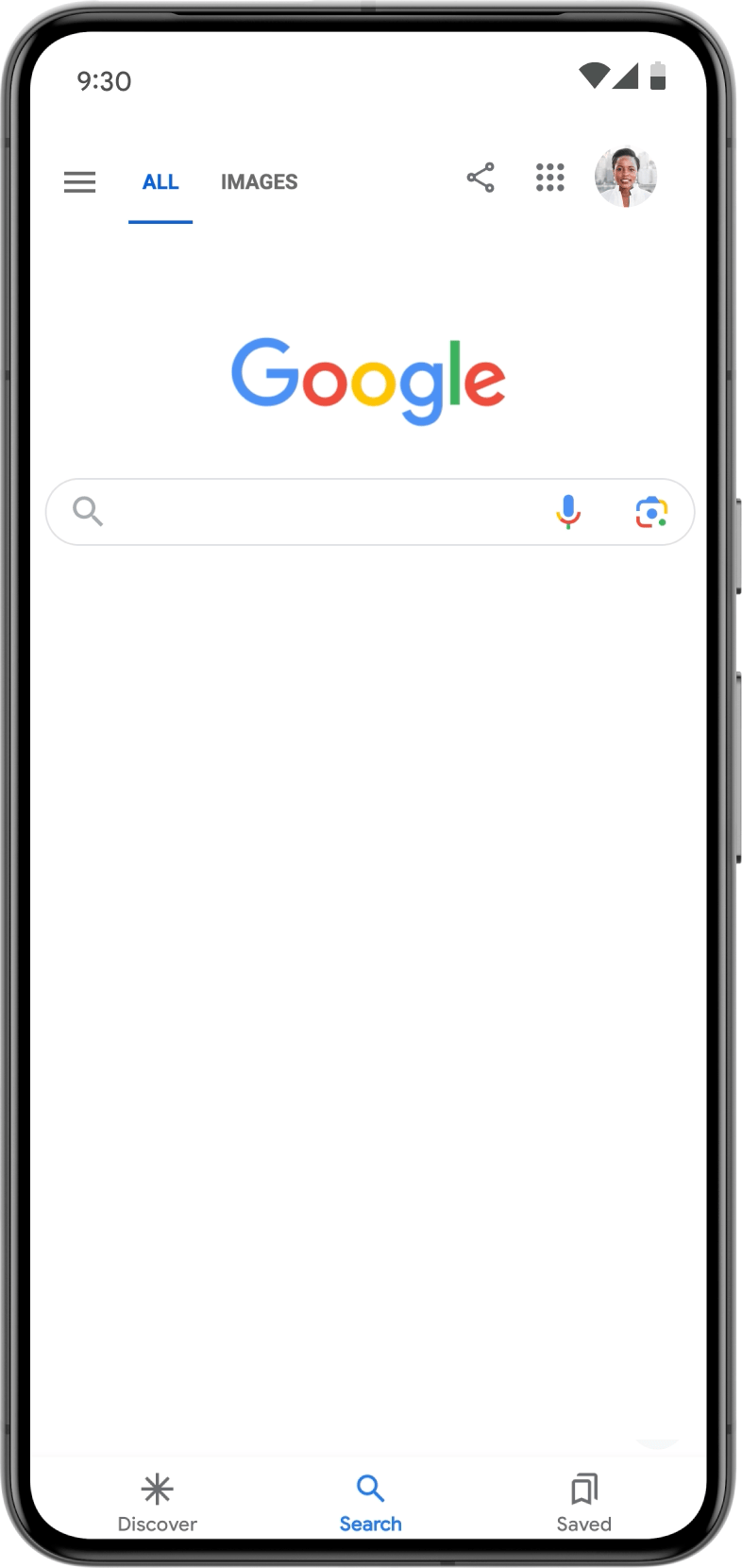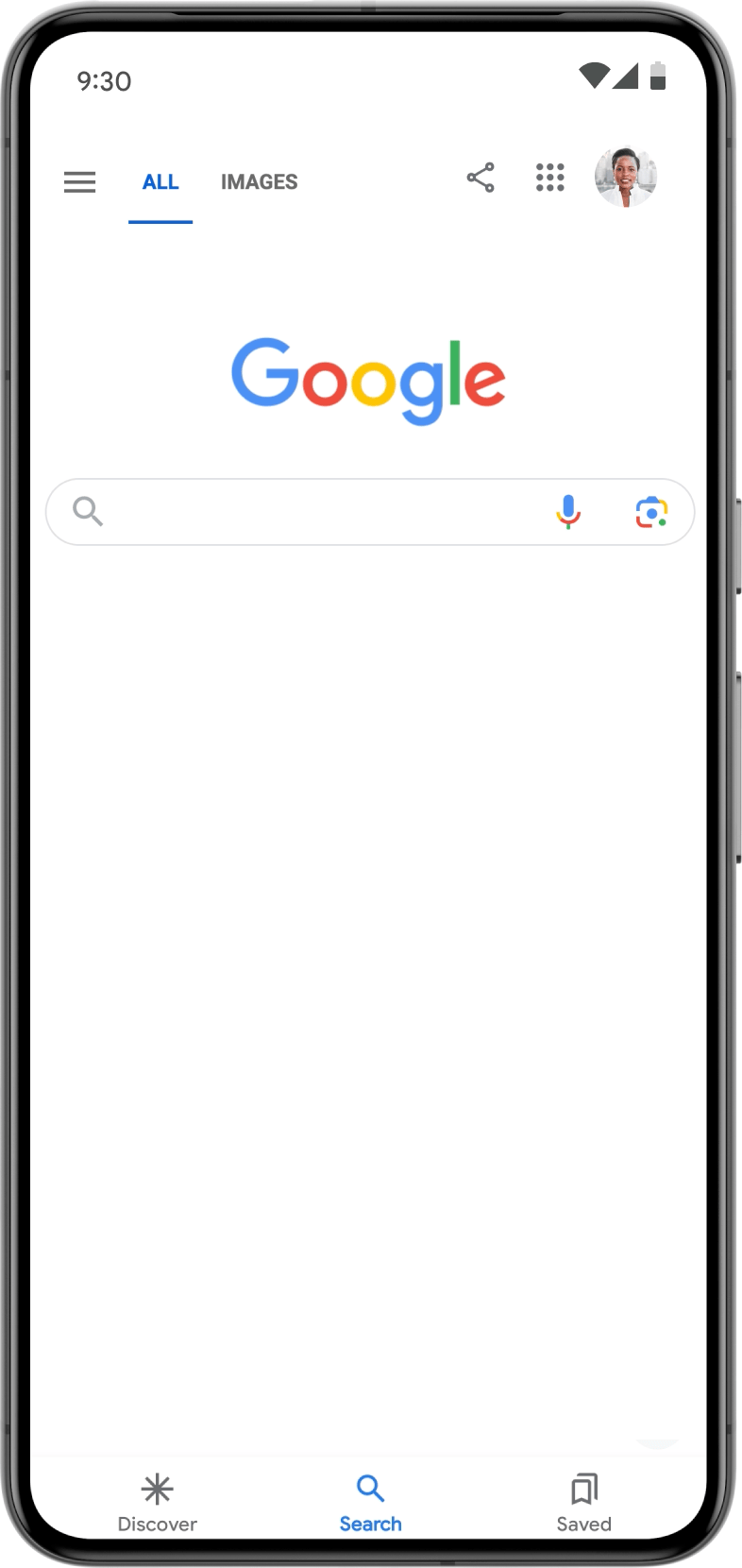From our collaboration with GDS, we know that one opportunity to improve the experience is by reducing the number of pages people need to navigate to get to the information they need. The advantage of these features is that we can present authoritative information and specific links, so that when people click through to a site, they land directly on the relevant page and can move forward more quickly.
Say you’ve recently heard about a benefit and want to learn if you’re eligible for it. Like most people, you’d start by searching for the name of the benefit online. Previously, you would see a list of relevant search results, but you might have to scroll to find the right page, or you may have just clicked into a main page (such as the GOV.UK home page) rather than a page specific to the benefit you’re interested in. From there, you’d need to search and navigate to additional pages to find the information you’re looking for.
Now, while you still see all the same results, we also structure specific information about the benefit you’ve searched for, so that it’s easier to get to the right site. You can toggle through new buttons to see things like ‘overview,’ ‘eligibility,’ and ‘how to apply’ right within search. And, when you click on a specific link, you’re taken directly to the page about the benefit you’re exploring.
Our goal with these features is to help people spend less time and energy to find and understand available resources, so that they can more easily access all of the services that they’re eligible for. This is a good example of how Google’s technology can be used to help people access financial support, which can be critical for longer term improvements in their economic security. By making that crucial first step easier with these features, we’re helping millions of people in the UK get the support they need.


